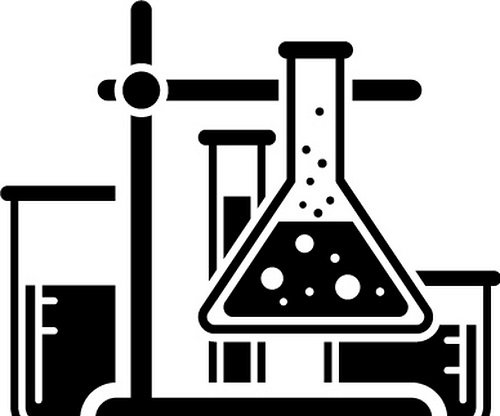Endometriosis management and therapy differ depending on the degree of endometriosis, the patient's age, and the desire for subsequent childbearing. Among the therapy possibilities are:
- Endometriosis of Grade I: Pain relievers and oral contraceptives can help control the endometriosis symptoms endometriosis of Grade I endometriosis.
- Endometriosis Grade II: The microscopic blood deposits can be removed using LAPEX, or laparoscopy and excision.
- Grade III endometriosis: The somewhat bigger blood deposits can be burnt by laparoscopic ablation.
Endometrioma (Chocolate Cyst): An endometrioma ovarian endometrial cyst can be removed with laparoscopic ovarian cystectomy, and blood deposits in the abdomen can be eliminated via ablation.
Lapex with Hysterectomy: As a last resort, hysterectomy may be done in conjunction with lapex. While hysterectomy eliminates the uterus, lapex is used to remove all minor/major endometrial tissue from the abdomen. It is the last and permanent course of therapy for endometriosis for people who do not want to have any more children.
While endometriosis (endometriosis meaning in hindi - garbhashay) is a prevalent condition, the overall chance of developing endometriosis cancer is low. In a major epidemiological investigation, the total frequency of ovarian cancer in patients with endometriosis cancer was 0.3-0.8%, which was 2-3 times higher than in controls [46], what is endometriosis? Endometriosis is a chronic condition where uterine-like tissue grows outside the womb, leading to pain, inflammation, and scarring in the pelvic region. Symptoms include pelvic pain, heavy periods, painful intercourse, and infertility, impacting quality of life. Medical management is essential as it's not life-threatening.










